
“Wendell’s World” installation shot 2017-2018

“Wendell’s World” installation shot 2017-2018
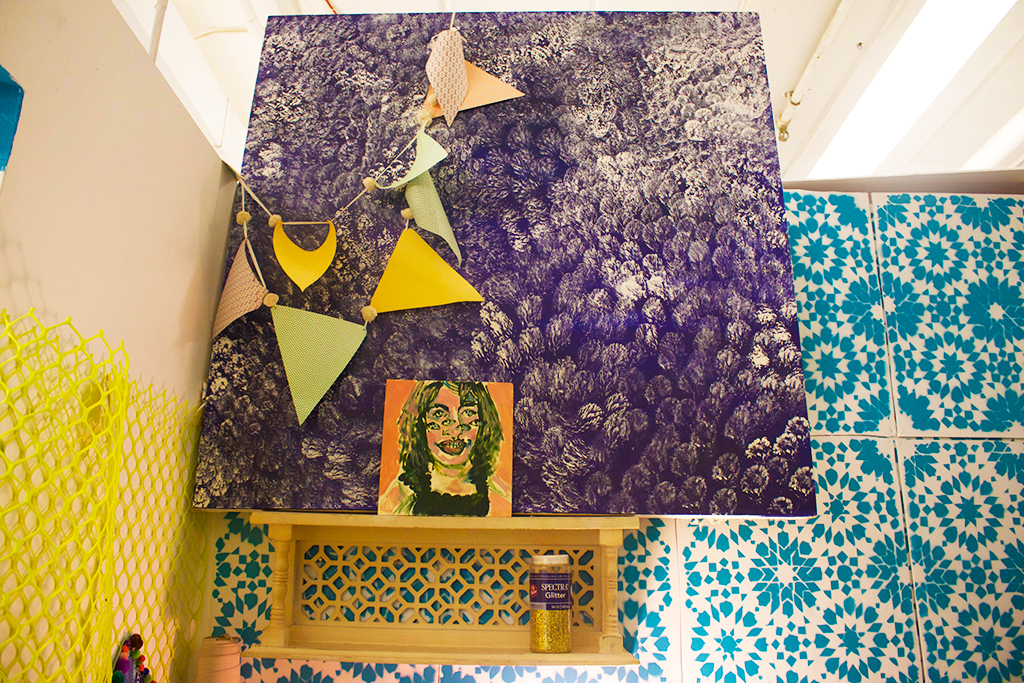
“Wendell’s World” installation shot 2017-2018

“HOT HEADED!” Oil paint on wood 1 ft x 2 ft 2018
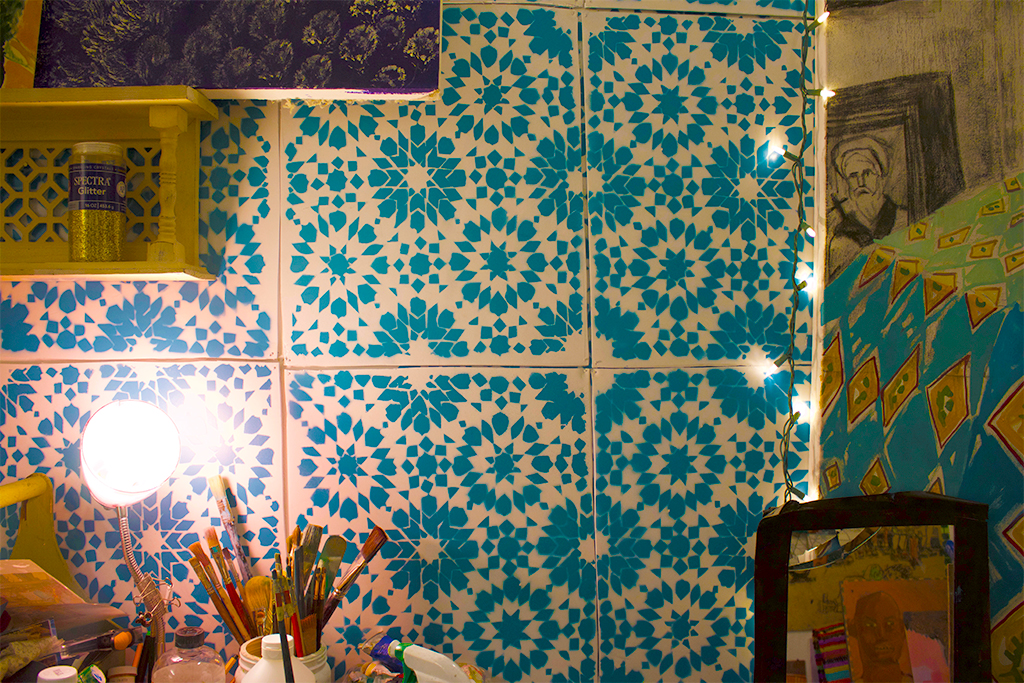
“Crappy Tiles” Foam core and spray paint 2017

“Can You Get Your Giant Cock Off Of The Table, We’re Trying To Eat Dinner” Oil paint and charcoal on canvas 6 ft x 6 ft 2017

“The View Is So Beautiful Our Property Values Went Up” Oil paint and collage on wood with mixed media installation 2017-2018
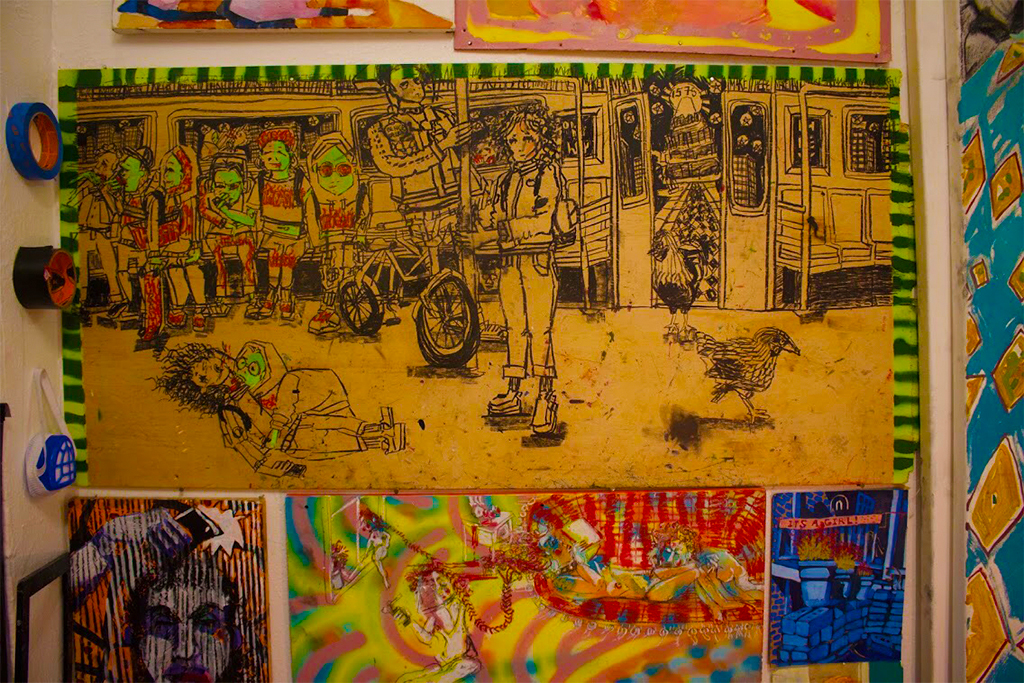
“Attack on 4 Train: Chapter 1: The Rise Of The Thrasher Hoodie Zombies” Charcoal on wood 3 ft x 5 ft 2017
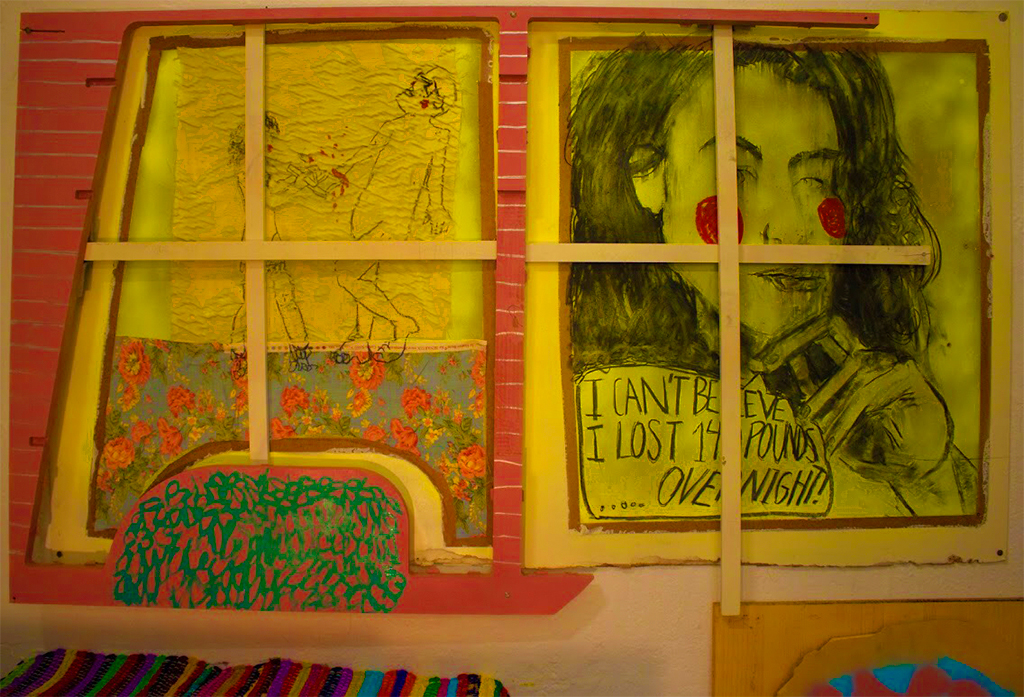
“I CAN’T BELIEVE I LOST 140 LBS OVERNIGHT” Wood, spray paint, oil paint, charcoal 3 ft x 5 ft 2017
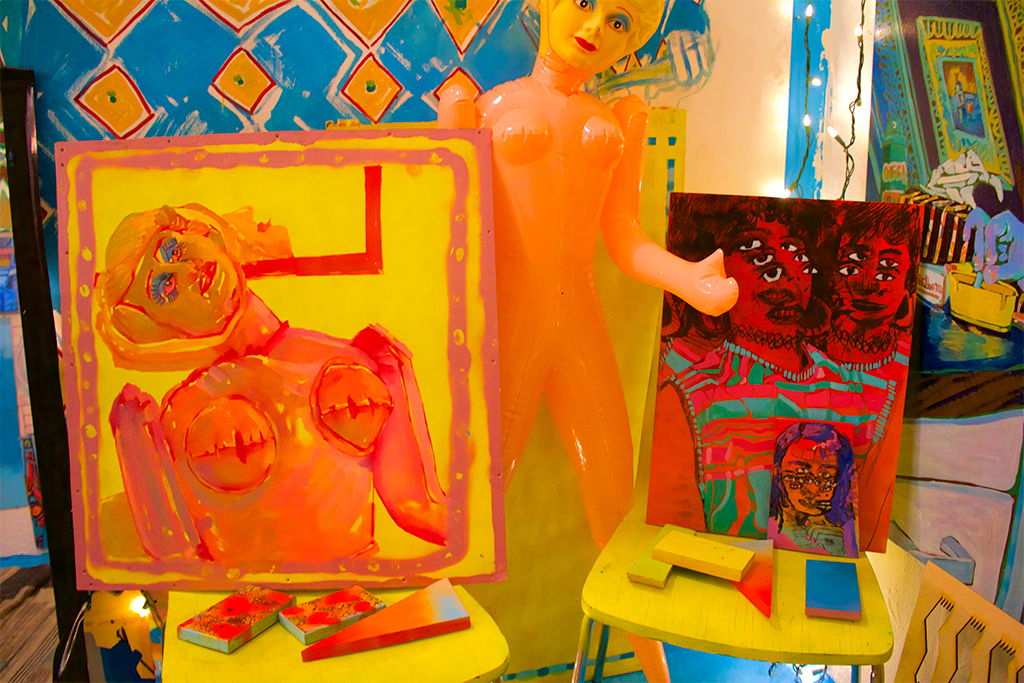
“Wendell’s World” installation shot 2017-2018
Artist StatementAs a synesthetic, my senses overlap and even the most mundane of activities can become a rich sensory overload. I am obsessed with patterns. I am drawn to the same folk patterns on textiles and objects that I absorbed in domestic spaces growing up first-generation American in a family of Greek immigrants. By bringing together so many different cultural signifiers, I drag the viewer down to the everyday while pointing to intersecting cultural histories, such as the lack of infrastructure, exploitative tourism, and Orthodox churches. The chicken serves as a symbol where my Greek and New Yorker identities overlap. Where there are no patterns, I create them. When I paint figures, they are crafted with multiple sets of features to highlight certain rituals and behaviors that those individuals have. Objects within domestic spaces can allow rituals to manifest and shape the behavior of bodies in these interiors. Working with my sex doll is a place where “humanness” and “objectness” meet, when a painting of her raises the question “portrait or still life?”
My studio space functions as a salon style installation site where all of my little conversations come together to form a larger dialogue. The smaller works have a modular feel to them, and sometimes smaller paintings are superimposed over larger ones. Portraits of friends and strangers come to life when they are placed in chairs and treated like humans. The casual environment of this space alludes to domestic complacency and aims to be far less “important” than the traditional, sterilized, white walls of institutions.